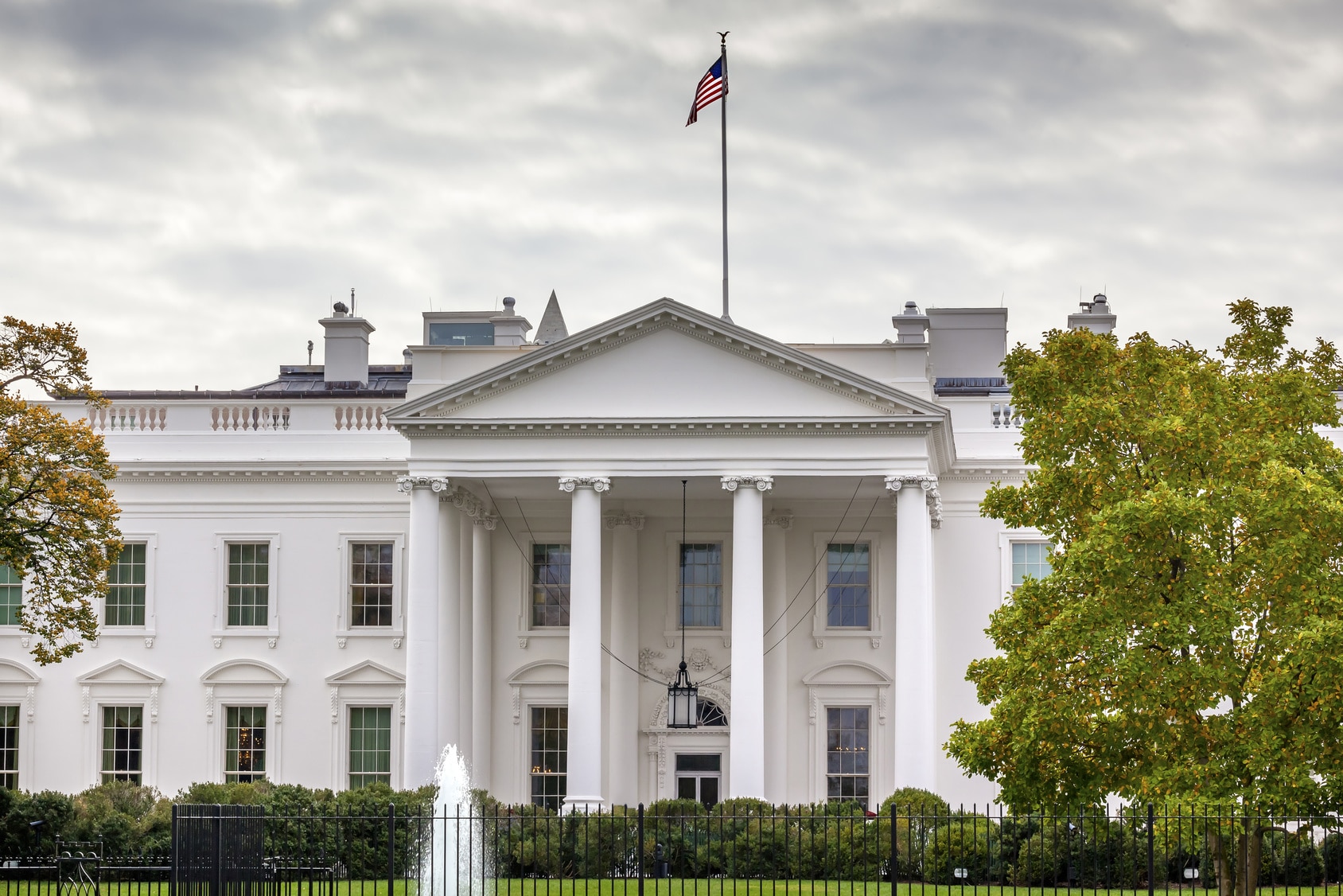
The Obama Administration has entered its final chapter with the release of the FY 2017 Budget. Preceding the release, the president described the budget as a plan “about looking forward.” Unfortunately, after the encouraging funding boosts from FY 2016 congressional appropriations, the administration’s FY 2017 vision for the federal government does not include continuing increases for America’s biomedical research community. The president’s request nearly flat lines the budgets for the National Institutes of Health (NIH) and the U.S. Food and Drug Administration (FDA).
The administration requested $33.14 billion for the NIH, a 2.6 percent increase over FY 2016. At a first glance, this figure appears to provide for reasonable growth, but a closer look reveals bad news for the majority of the 27 institutes and centers comprising the NIH. Nearly all of the proposed increases come from mandatory, short-term funding and are apportioned to: Vice President Biden’s Cancer Moonshot ($680 million), the Precision Medicine Initiative ($100 million), and the BRAIN Initiative ($45 million). Meanwhile, the remaining funding will render fewer research grants, with less funding per award, to the tune of a nearly $1 billion drop overall.
While the goals of these three programs are laudable, the NIH is much more in need of steadily incremental and predictable budget growth. While a boom in funding for cancer will create a lot of short-term jobs and projects, like all bubbles, the funding supporting it will soon burst, along with the projects and jobs created through it. As former president of the National Academy of Sciences Dr. Bruce Alberts recommended, a better approach is for Congressional appropriators and the executive branch to consider adding a five-year projected fiscal plan to the current budgetary process. This change would enable the NIH to conduct healthy longer-term project planning for more sensible growth.
The FY 2017 budget request for the FDA is equally disappointing. While the Administration claims the agency has received an 8 percent increase in funding over FY 2016 levels, the math behind this claim is misleading. The bulk of this funding comes not from a net increase of budget authority, but from the addition of $268.7 million in expected industry user fees for review of products.
Steven Grossman, the Deputy Director of the Alliance for a Stronger FDA, has said that it is worrisome that the agency may be “set up for failure.” The agency has seen a substantial increase of responsibilities with only a small funding increase to support it. The FDA requires substantially more than a $15 million increase, lest it be tasked with having to deal with unfunded mandates.
While the president’s budget request is disappointing, it is only the first step in the formulation of the FY 2017 United States Federal Budget. Increasing biomedical research funding has been a rare issue garnering bipartisan support in this Congress. Those truly concerned about the United States maintaining a robust biomedical research community should seek to capitalize off this support and meet with budget authorities to outline a more functional funding design for both the NIH and FDA.






